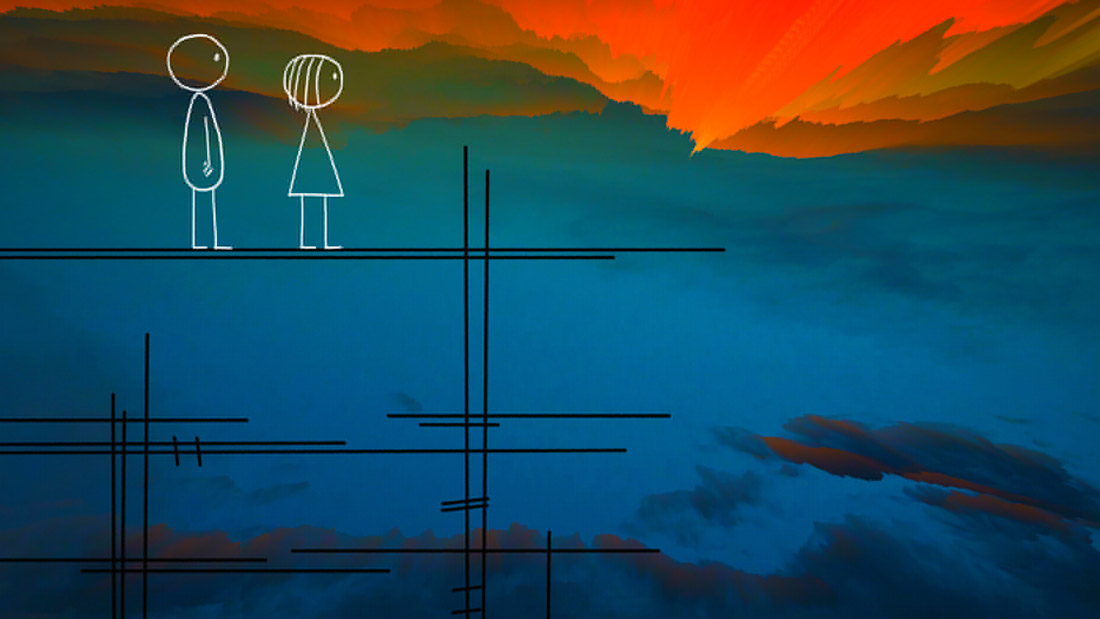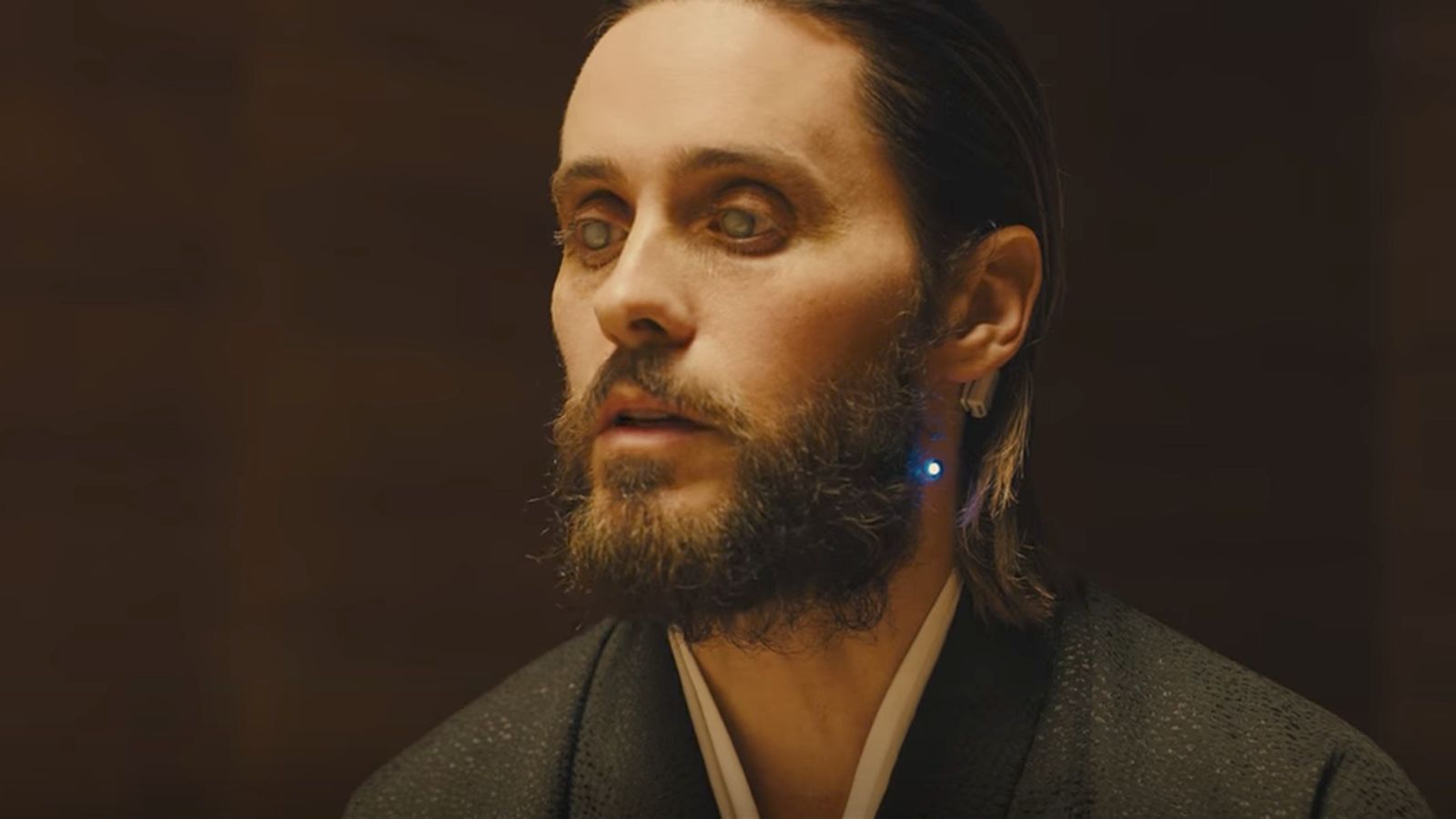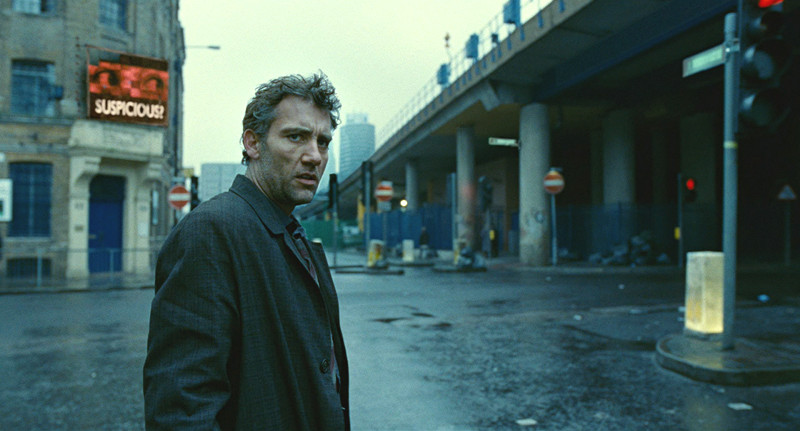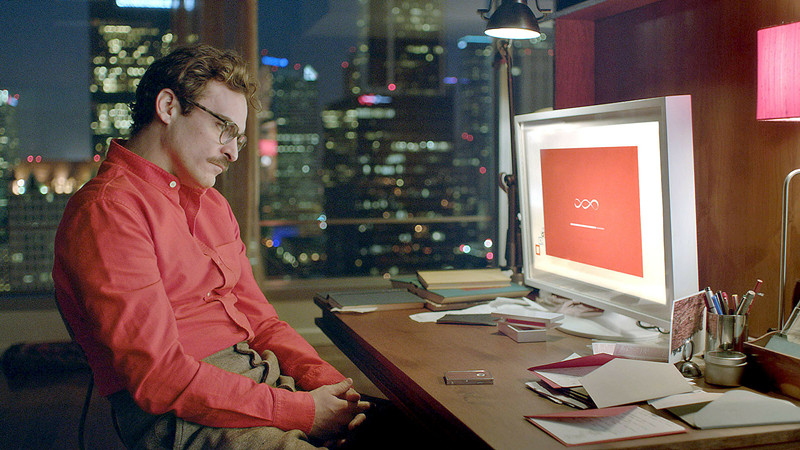5. Paprika (Japan, Satoshi Kon, 2006)

While the late Satoshi Kon’s 2006 mind-bending anime Paprika is most well-known for undoubtedly inspiring Christopher Nolan’s Inception, a film released four years later and employing similar philosophic and existential themes against a dreamy and phantasmagorical backdrop, it can stand on its own as one of the weirdest experiences one can have from the cinematic medium.
4. World of Tomorrow (United States, Don Hertzfeldt, 2015)

World of Tomorrow is a so-far two-part series of psychedelic, poignant and philosophically abundant animated short films, created by Don Hertzfeldt, an independent filmmaker from California. While the animation is nuanced and experimental, it’s the abstract and profound themes that exist to capture the audience in a state of eccentric euphoria, a purely unique experience that cannot truly be explained by words. With both parts having appeared on numerous top ten lists for their respective years, Don Hertzfeldt’s World of Tomorrow cannot be missed by fans of animation and science-fiction alike.
3. Blade Runner 2049 (United States, Denis Villeneuve, 2017)

It must be noted that audiences were apprehensive when it announced that a sequel to Ridley Scott’s iconic neo-noir science-fiction dystopia Blade Runner would be coming to our cinema screens in late 2017. The original film, which had only received it’s final cut a decade previous, after being tinkered with by Scott multiple times already, was an iconic landmark in film, gaining a cult audience and becoming a staple in science-fiction, as well as paving the way for the new genre of ‘cyberpunk’.
However, the tried and tested collaboration between director Denis Villeneuve and director of photography Roger Deakins created one of the most captivating, beautiful and complex films of the century so far. Called “the most expensive art house movie in cinema history”, it is clear to see why Blade Runner 2049 is seen as such an incredible film, a worthy successor to the original masterpiece that can stand on its own and reaffirms Villeneuve as one of the best directors working today.
2. Children of Men (United States/United Kingdom, Alfonso Cuarón, 2006)

A titan of science-fiction in cinema, Alfonso Cuarón has helmed some of the best films of the 21st century, including Harry Potter and the Prisoner of Azkaban, Gravity and Roma. However, the Mexican director’s most impressive film, narratively and visually, is his 2006 masterpiece Children of Men, which stars Clive Owen against the backdrop of a bleak 2027, 18 years after the last baby was born.
Rife with biblical symbolism, stunning mise-en-scene and some of the best cinematography and camera movement found in the entire medium (Emmanuel Lubezki also worked on The Tree of Life and Birdman to name a few), Cuarón has yet been able to top this landmark picture in science-fiction, despite bold attempts throughout the last decade. Adapted faithfully from the 1992 novel by P.D. James, Children of Men is a gritty dystopian tale, which at its core details the juxtaposition between hope and despair.
1. Her (United States, Spike Jonze, 2013)

Spike Jonze’s Oscar-winning Her, opens with the protagonist Theodore Twombly, (Joaquin Phoenix), making a declaration of eternal love towards the camera. However, it is soon revealed that Theodore, rather than speaking from his heart, is in fact, dictating a love letter on behalf of another person, that this is his regular job. Not only do these first few shots begin to peel back the layers of Theodore’s sensitive, romantic character, they also emphasise the two main themes of the entire story: romance and technology.
At first glance, the bulk of Her is the relationship between Theodore, a lonely, bored man who is going through a highly painful divorce and an artificially intelligent virtual assistant, Samantha, voiced by Scarlett Johansson. He quickly falls in love with this AI and eventually they begin a romantic relationship. This unusual relationship challenges the audience to reconsider its ideas of what constitutes a ‘normal’ coupling, going as far as to portray the couple having a full, if somewhat simulated sexual relationship.
While technology plays such a huge part in Her’s world and plot, its design is presented as minimalistic and humble, with slick and efficient computers that forgo mouses or keyboards, and mobile telephones looking smaller and less demanding. The entire city seems simpler and easier going, with cars disappearing and pathways elevated, perhaps to emphasise the superiority to this way of life. Clothing is also simpler, neglecting ties and suits, in favour of more casual clothing, many of which draws from the past.
All of this emphasises a more optimistic and nonchalant world, brimming with nostalgia and beauty. As there is no specific set date, the world of Her remains timeless and undying. Not a terrifying look on how bad this world could get, but a hopeful glimpse into a brighter, warmer future.